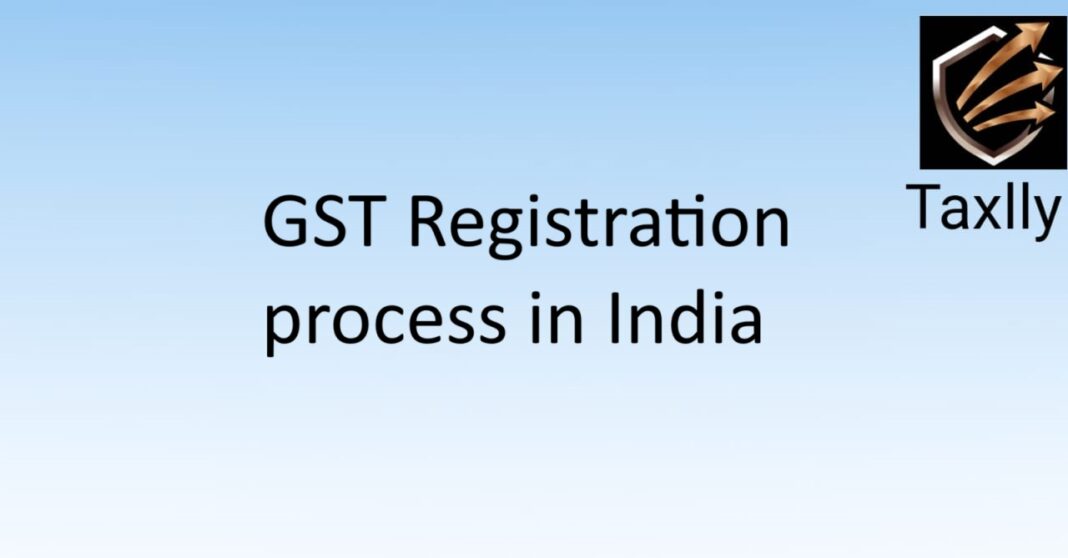GST Registration in India: Process, Documents Required & GST Limit
The Goods and Services Tax (GST) is a unified indirect tax system in India. Every business that crosses a specific turnover threshold must register under GST to comply with the law. Let’s understand the registration process, required documents, and eligibility limits in detail.
📌 GST Registration Process
Important Update on Filing Pending GST Returns
-
Visit GST Portal
Go to the official GST portal – www.gst.gov.in. -
Click on ‘Register Now’
Under the ‘Services’ tab → select ‘Registration’ → choose ‘New Registration’. -
-
Fill Basic Details
-
Select Taxpayer as user type
-
Enter State and District
-
Provide Legal Name of Business (as per PAN)
-
Enter PAN Number, Email ID, and Mobile Number
-
Verify through OTPs sent to email and mobile
-
-
TRN (Temporary Reference Number)
After OTP verification, you will get a TRN. Use this TRN to proceed with the application. -
Fill Part-B of GST REG-01 Form
Enter additional details such as business address, bank details, and upload documents. -
Verification & Submission
Submit the form using DSC (Digital Signature), EVC (Electronic Verification Code), or e-Sign. -
ARN Generation
After submission, you will receive an ARN (Application Reference Number) to track your application status. -
GSTIN Allotment
Once verified by authorities, a unique 15-digit GSTIN (GST Identification Number) will be issued.
📌 Documents Required for GST Registration
The documents vary depending on the type of business entity. Commonly required documents are:
-
For Proprietorship
-
PAN card of owner
-
Aadhaar card of owner
-
Address proof of business (electricity bill, rent agreement, etc.)
-
Bank account details (cheque/cancelled cheque/passbook)
-
Passport size photo
-
-
For Partnership Firm/LLP
-
PAN cards of partners
-
Partnership deed / LLP agreement
-
Aadhaar cards of partners and passport size photo
-
Proof of business address
-
Bank account details
-
Photographs of partners
- Consent for authorization letter.
-
-
For Private Limited / Public Limited Company
-
PAN card of company
-
Certificate of Incorporation (COI)
-
MOA & AOA
-
PAN & Aadhaar of directors
-
Board resolution / authorization letter
-
Business address proof
-
Bank details
-
📌 GST Registration Limit
-
Goods:
-
₹40 lakh for Normal Category States
-
₹20 lakh for Special Category States (like North-East, J&K, Himachal Pradesh, Uttarakhand)
-
-
Services:
-
₹20 lakh for Normal Category States
-
₹10 lakh for Special Category States
-
-
Compulsory Registration (Irrespective of Turnover):
-
Inter-state supply of goods/services
-
E-commerce sellers
-
Businesses dealing in reverse charge mechanism (RCM)
-
Input Service Distributors (ISD)
-
✅ Key Takeaway
GST registration is mandatory once the turnover limit is crossed or if the business falls under compulsory categories. The process is online, simple, and requires basic documents like PAN, Aadhaar, address proof, and bank details. A valid GSTIN not only ensures compliance but also builds credibility with customers and vendors.



